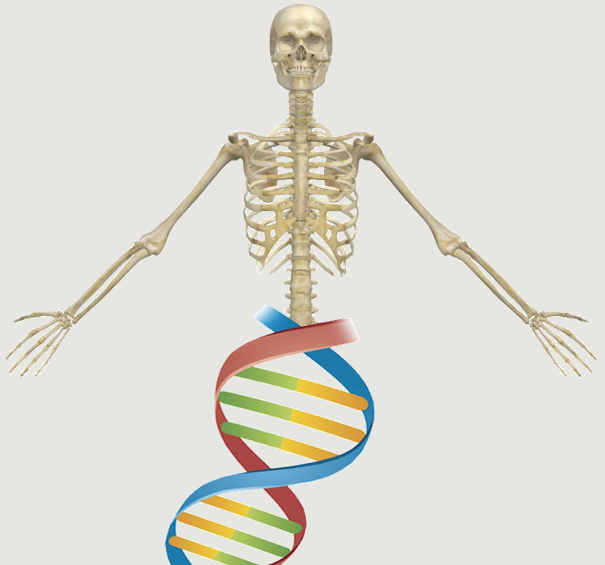Citation:
Abstract:
: Mesenchymal stem cells (MSCs) are currently the most established cells for skeletal tissue engineering and regeneration; however, their availability and capability of self-renewal are limited. Recent discoveries of somatic cell reprogramming may be used to overcome these challenges. We hypothesized that induced pluripotent stem cells (iPSCs) that were differentiated into MSCs could be used for bone regeneration. Short-term exposure of embryoid bodies to transforming growth factor-beta was used to direct iPSCs toward MSC differentiation. During this process, two types of iPSC-derived MSCs (iMSCs) were identified: early (aiMSCs) and late (tiMSCs) outgrowing cells. The transition of iPSCs toward MSCs was documented using MSC marker flow cytometry. Both types of iMSCs differentiated in vitro in response to osteogenic or adipogenic supplements. The results of quantitative assays showed that both cell types retained their multidifferentiation potential, although aiMSCs demonstrated higher osteogenic potential than tiMSCs and bone marrow-derived MSCs (BM-MSCs). Ectopic injections of BMP6-overexpressing tiMSCs produced no or limited bone formation, whereas similar injections of BMP6-overexpressing aiMSCs resulted in substantial bone formation. Upon orthotopic injection into radial defects, all three cell types regenerated bone and contributed to defect repair. In conclusion, MSCs can be derived from iPSCs and exhibit self-renewal without tumorigenic ability. Compared with BM-MSCs, aiMSCs acquire more of a stem cell phenotype, whereas tiMSCs acquire more of a differentiated osteoblast phenotype, which aids bone regeneration but does not allow the cells to induce ectopic bone formation (even when triggered by bone morphogenetic proteins), unless in an orthotopic site of bone fracture. SIGNIFICANCE: Mesenchymal stem cells (MSCs) are currently the most established cells for skeletal tissue engineering and regeneration of various skeletal conditions; however, availability of autologous MSCs is very limited. This study demonstrates a new method to differentiate human fibroblast-derived induced pluripotent stem cells (iPSCs) to cells with MSC properties, which we comprehensively characterized including differentiation potential and transcriptomic analysis. We showed that these iPS-derived MSCs are able to regenerate nonunion bone defects in mice more efficiently than bone marrow-derived human MSCs when overexpressing BMP6 using a nonviral transfection method.
Notes:
Sheyn, Dmitriy Ben-David, Shiran Shapiro, Galina De Mel, Sandra Bez, Maxim Ornelas, Loren Sahabian, Anais Sareen, Dhruv Da, Xiaoyu Pelled, Gadi Tawackoli, Wafa Liu, Zhenqiu Gazit, Dan Gazit, Zulma P30 DK063491/DK/NIDDK NIH HHS/United States Journal Article United States Stem Cells Transl Med. 2016 Nov;5(11):1447-1460. doi: 10.5966/sctm.2015-0311. Epub 2016 Jul 11.

